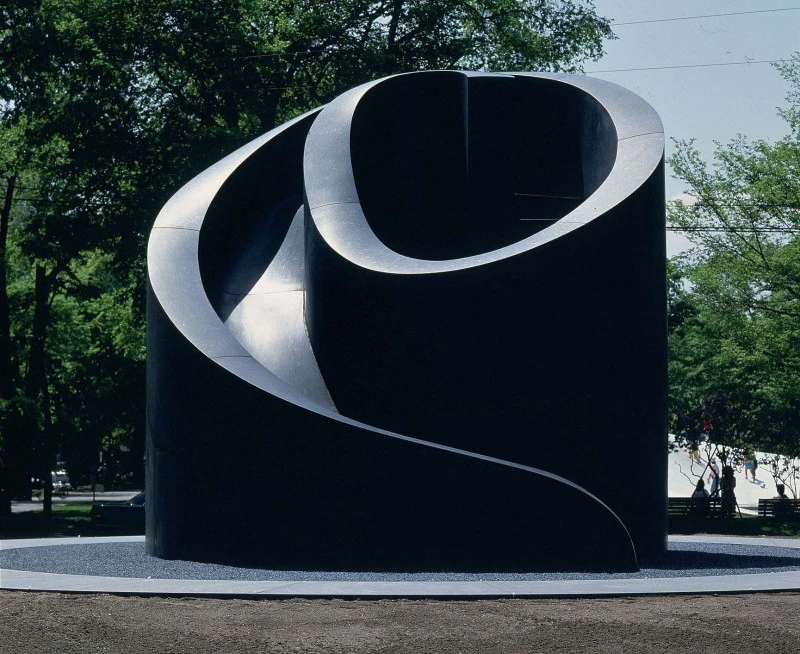Isamu Noguchi


b. 1904, United States
d. 1988
American sculptor and designer, 1904-1988.
One of the most significant artists of the 20th century, Isamu Noguchi (1904–1988) was an idealist whose timeless work blended ancient and modern ideas. An itinerant cultural synthesizer, he consistently rejected categorization and the false dichotomies of his time, espoused globalism and anticipated the social practice of art by several decades. Primarily a sculptor, Noguchi’s expansive, interdisciplinary practice included public projects, gardens, playgrounds, furniture, lighting and set design, all informed by an abiding view that nature was of fundamental importance to the human condition and a determination to make work which encouraged this belief.
Born in 1904 in Los Angeles to a Japanese father and an American mother, Noguchi’s early years were marked by upheaval and loneliness. Straddling continents and cultures and negotiating the perceived dichotomies of ‘East’ and ‘West,’ was, he later recognized, the defining characteristic of his artistic evolution. During the 1920s he lived in New York working as an academic sculptor, but despite early success soon changed direction, leaving for Paris in 1927 where he became the first and only assistant of Constantin Brancusi. Returning to New York in 1929, Noguchi met architect, inventor and social revolutionary R. Buckminster Fuller, who would remain a lifelong friend and mentor, and the dancer and choreographer Martha Graham, with whom he would collaborate on set designs for the next 40 years.
[Biography courtesy of White Cube]